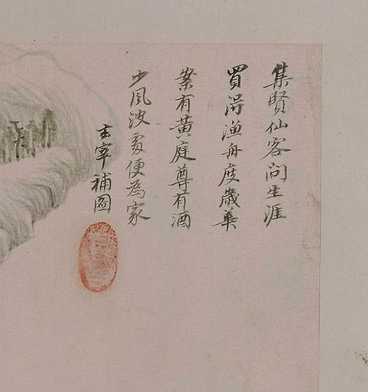 如何在C语言中比较字符串
如何在C语言中比较字符串p函数是C语言中比较字符串的常用函数。它的原型为
tpstst char s2);
其中,s1和s2是要比较的字符串。该函数返回值为0表示两个字符串相等,返回值大于0表示s1大于s2,返回值小于0表示s1小于s2。
例如,下面的代码比较了两个字符串s1和s2
char s1[] = “hello”;
char s2[] = “world”;tp(s1, s2);
if (result == 0) {tf(“s1 equals to s2”);
} else if (result >0) {tf s2″);
} else {tf s2″);
方法二使用循环比较字符
p函数,大家还可以使用循环比较字符的方法来比较字符串。具体实现如下
tpare(char s1, char s2) {t i = 0;
while (s1[i] == s2[i]) {
if (s1[i] == ‘\0’) { 0;
}
i++;
} s1[i] – s2[i];
其中,s1和s2是要比较的字符串。该函数返回值为0表示两个字符串相等,返回值大于0表示s1大于s2,返回值小于0表示s1小于s2。
例如,下面的代码比较了两个字符串s1和s2
char s1[] = “hello”;
char s2[] = “world”;tpare(s1, s2);
if (result == 0) {tf(“s1 equals to s2”);
} else if (result >0) {tf s2″);
} else {tf s2″);
p函数和使用循环比较字符。两种方法各有优缺点,具体使用哪种方法需要根据实际情况来决定。希望本文能对大家有所帮助。